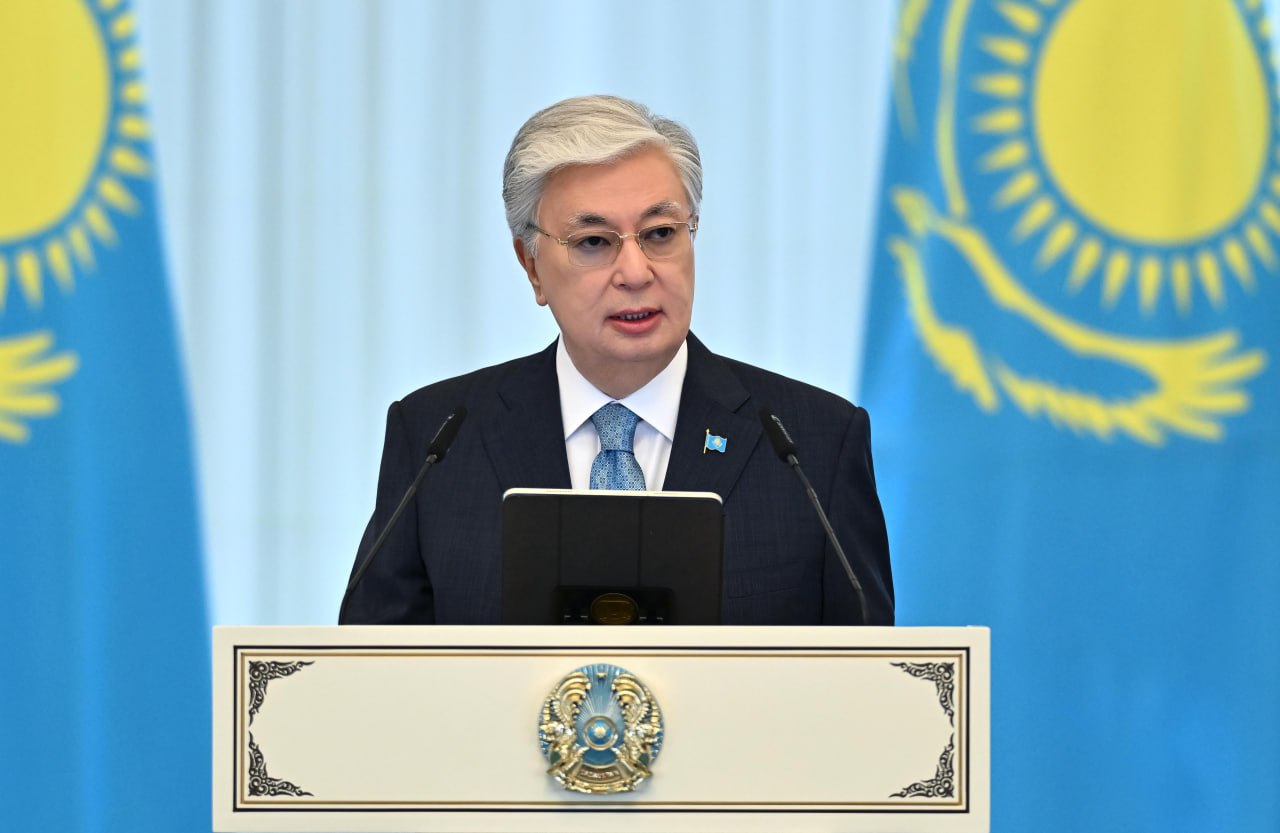By Alyona Pavlenko
Copyright trend

BAKU, Azerbaijan, October 9. On October 9–10,
2025, a series of major high-level international events will be
held in Dushanbe. The capital of Tajikistan will host a summit of
heads of state in the Central Asia–Russia format, a meeting of the
Council of Commonwealth of Independent States (CIS) Heads of State,
as well as a session of the Council of Foreign Ministers of CIS.
These events will serve as a key platform for discussing strategic
cooperation, strengthening regional stability, and expanding
economic interaction among the participating countries.
Today, Kazakhstan plays an active role within the CIS,
strengthening cooperation with neighboring countries. Under the
leadership of President Kassym-Jomart Tokayev, Astana is actively
developing trade, transport routes, and modern technologies,
becoming one of the key players in regional integration.**
Economic interaction remains a central tool of Kazakhstan’s
policy within the Commonwealth. In 2024, Kazakhstan’s trade
turnover with CIS countries reached $37.3 billion, up 1.2 percent
compared to the previous year.
A key focus continues to be the development of transport and
transit potential. Located at the intersection of North–South and
East–West routes, Kazakhstan is a vital element of Eurasian
logistics. Five international railway corridors and eight road
routes pass through the country, carrying nearly 85 percent of
transit cargo between Asia and Europe. At the same time, Kazakhstan
is actively expanding cooperation with CIS countries in both
transport and energy sectors.
One example is the growth of oil supplies via the
Baku–Tbilisi–Ceyhan (BTC) route: in 2024, Kazakhstan exported over
1.4 million tons of oil through BTC, with plans to increase this
volume to 1.7 million tons in 2025. The Baku–Supsa route is also
being considered as another promising export channel.
Kazakhstan is actively promoting joint projects with Azerbaijan
and other Caspian countries. A symbol of this cooperation is the
“Caspian Green Energy Corridor” initiative, implemented jointly
with Azerbaijan and Uzbekistan, aimed at developing the export
potential of renewable energy and reducing the region’s carbon
The development of international transport routes remains
equally important. Recently, within the framework of the New Silk
Way business forum, railway companies from Kazakhstan, Azerbaijan,
and Georgia signed a joint action plan to ensure the uninterrupted
operation of transit trains and reduce their travel time. These
measures aim to enhance the competitiveness of the Middle Corridor,
which is becoming a key transport artery not only for CIS countries
but also for international partners interested in stable routes
from China to Europe.
Acting Secretary-General of the TITR International Association,
Nurgul Zhakupova, told Kazakh media that in the first six months of
2025, cargo volumes along the Middle Corridor reached 926,000 tons,
which is 6 percent higher than the same period in 2024. Transit
through Kazakhstan increased by 65 percent, reaching 262,000 tons,
primarily due to container cargo from China. In May 2025, President
Tokayev announced plans to double trans-Caspian container shipments
over the next three years, reflecting growing interest in the
Middle Corridor as a reliable route for international trade. At the
Organization of Turkic States (OTS) summit in Azerbaijan’s Gabala,
President Tokayev also invited Turkic states to actively
participate in modernizing the infrastructure of air hubs, railway
stations, and seaports along this route.
At the same time, Kazakhstan is implementing large-scale
domestic infrastructure projects. On September 30, the second line
of the Dostyk–Moyynty railway was launched, increasing the
railway’s capacity from 12 to 60 train pairs per day. These efforts
are closely linked to the concept of integrating CIS transport
arteries, aimed at creating a unified, coordinated logistics
network for fast and uninterrupted movement of goods across the
Last year, at a meeting of the CIS Council of Heads of State in
Moscow, President Kassym-Jomart Tokayev proposed the creation of a
“CIS Plus” format to expand the Commonwealth’s regional ties.
Beyond logistics, Kazakhstan is increasingly positioning itself
as a central hub for technological and digital solutions within the
CIS. At sessions of the CIS Council of Prime Ministers, the country
has presented initiatives focused on digital transformation,
artificial intelligence, and the enhancement of knowledge-sharing
in e-government. Kazakhstan also advances the humanitarian
dimension of cooperation by fostering development in education,
healthcare, and sports. For instance, Almaty has been designated as
the CIS Sports Capital for 2026. In healthcare, Astana concentrates
on strengthening primary medical care and implementing digital
technologies, including telemedicine and AI-based diagnostic
Thus, Kazakhstan is shaping a new model of interaction within
the CIS, emphasizing concrete projects and pragmatic results.
Astana is not only maintaining traditional ties with Russia but
also developing new transport routes and energy projects in
partnership with Azerbaijan, Georgia, and Central Asian countries.
As a result, Kazakhstan is becoming a connecting link between the
Caspian, the Caucasus, and the broader CIS region, strengthening
the role of the Middle Corridor and setting the tone for a more
flexible and mutually beneficial regional integration.